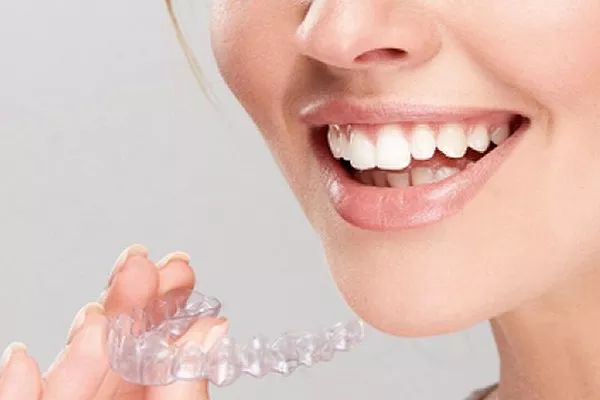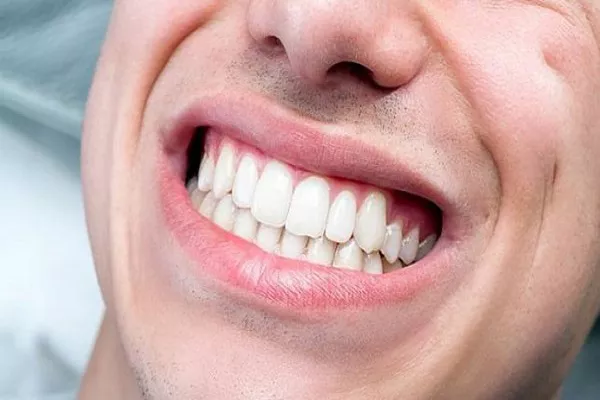What Causes Yellow Teeth: Understanding the Science behind Tooth Discoloration
Introduction
A white and bright smile is often seen as a sign of good oral hygiene, health, and confidence. However, many people struggle with tooth discoloration, which can be caused by a variety of factors. Yellowing teeth can be embarrassing and affect self-esteem, but understanding the science behind tooth discoloration can help prevent and treat this common dental issue.
Intrinsic vs. Extrinsic Tooth Discoloration
Tooth discoloration can be classified as either intrinsic or extrinsic. Intrinsic discoloration occurs when the inner structure of the tooth, called dentin, darkens or becomes yellow over time. This type of discoloration can be caused by factors such as genetics, aging, certain medications, and trauma to the tooth.
Extrinsic discoloration, on the other hand, affects the outer layer of the tooth, known as enamel. This type of discoloration is usually caused by external factors such as diet, smoking, or poor oral hygiene habits.
Causes of Yellow Teeth
1.Poor Oral Hygiene Habits
Poor oral hygiene practices such as infrequent brushing, not flossing regularly, and skipping dental checkups can lead to plaque buildup on the teeth. Plaque is a sticky film of bacteria that can cause tooth decay, gum disease, and yellowing of teeth.
2.Tobacco Use
Smoking cigarettes or using other tobacco products can cause teeth to become discolored over time due to the tar and nicotine present in tobacco. These substances can penetrate the enamel and cause yellowing of teeth that is difficult to reverse.
3.Dietary Factors
Certain foods and drinks can contribute to tooth discoloration. Foods that are high in sugar and starch can promote bacterial growth and cause yellowing of teeth. Additionally, beverages like coffee, tea, red wine, and soda can stain the teeth over time.
4.Age
As we age, our tooth enamel naturally becomes thinner and more susceptible to discoloration. Additionally, the dentin inside the tooth can become darker over time, leading to yellowing of teeth.
5.Medications
Certain medications such as antibiotics, antihistamines, and high blood pressure medications can cause tooth discoloration as a side effect. These drugs can alter the color of dentin or stain the enamel.
Treatment for Yellow Teeth
1.Professional Teeth Whitening
Professional teeth whitening is a safe and effective way to remove extrinsic stains from teeth. This treatment involves applying a bleaching agent to the teeth that breaks down stains and brightens the enamel. Professional teeth whitening can be performed in-office by a dentist or at home using custom-fitted trays.
2.Dental Veneers
Dental veneers are thin shells made of porcelain or resin material that are placed on the front surface of the teeth to improve their appearance. Veneers can be used to cover up intrinsic or extrinsic stains, and they can also reshape crooked or misaligned teeth.
3.Improved Oral Hygiene Habits
Improving oral hygiene practices such as brushing twice a day with fluoride toothpaste, flossing daily, and visiting the dentist regularly can help prevent tooth discoloration caused by plaque buildup.
4.Dietary Changes
Reducing intake of sugary and starchy foods and drinks and avoiding tobacco use can help prevent yellowing of teeth caused by external factors.
Conclusion
Tooth discoloration is a common dental issue that affects many people. Understanding the causes of yellow teeth can help prevent and treat this condition. Maintaining good oral hygiene practices, making dietary changes, and seeking professional dental treatment when necessary can all contribute to a brighter, whiter smile.
related topics



























